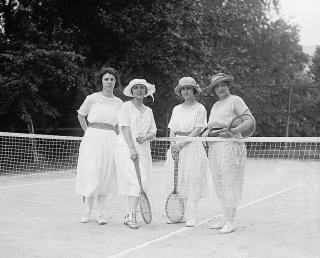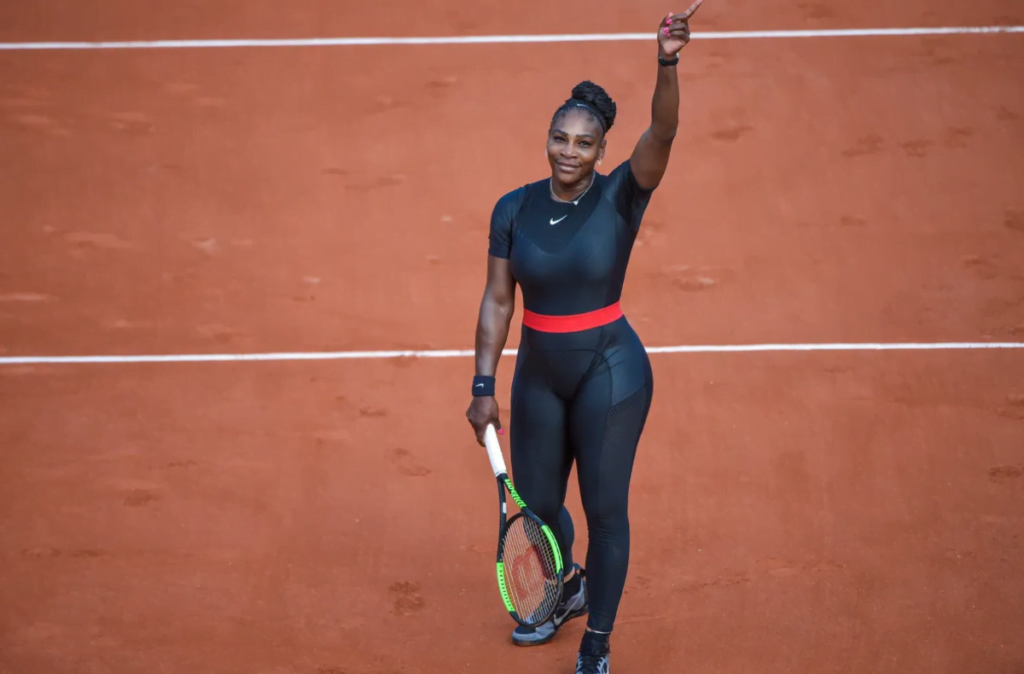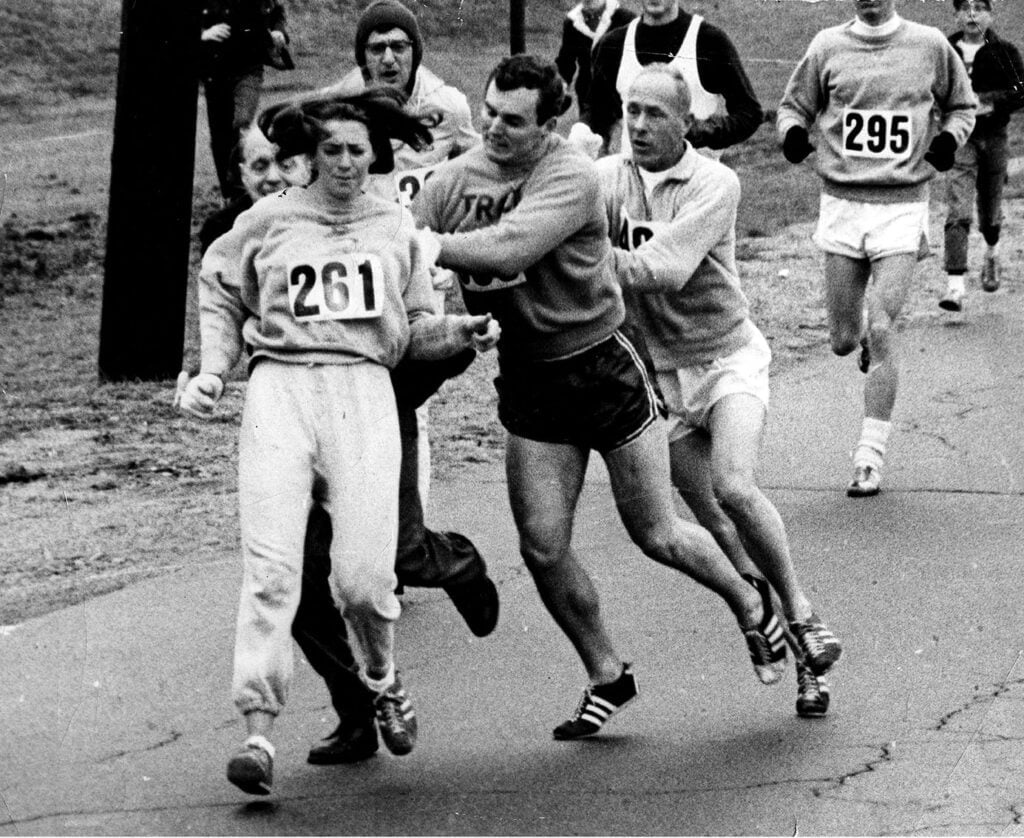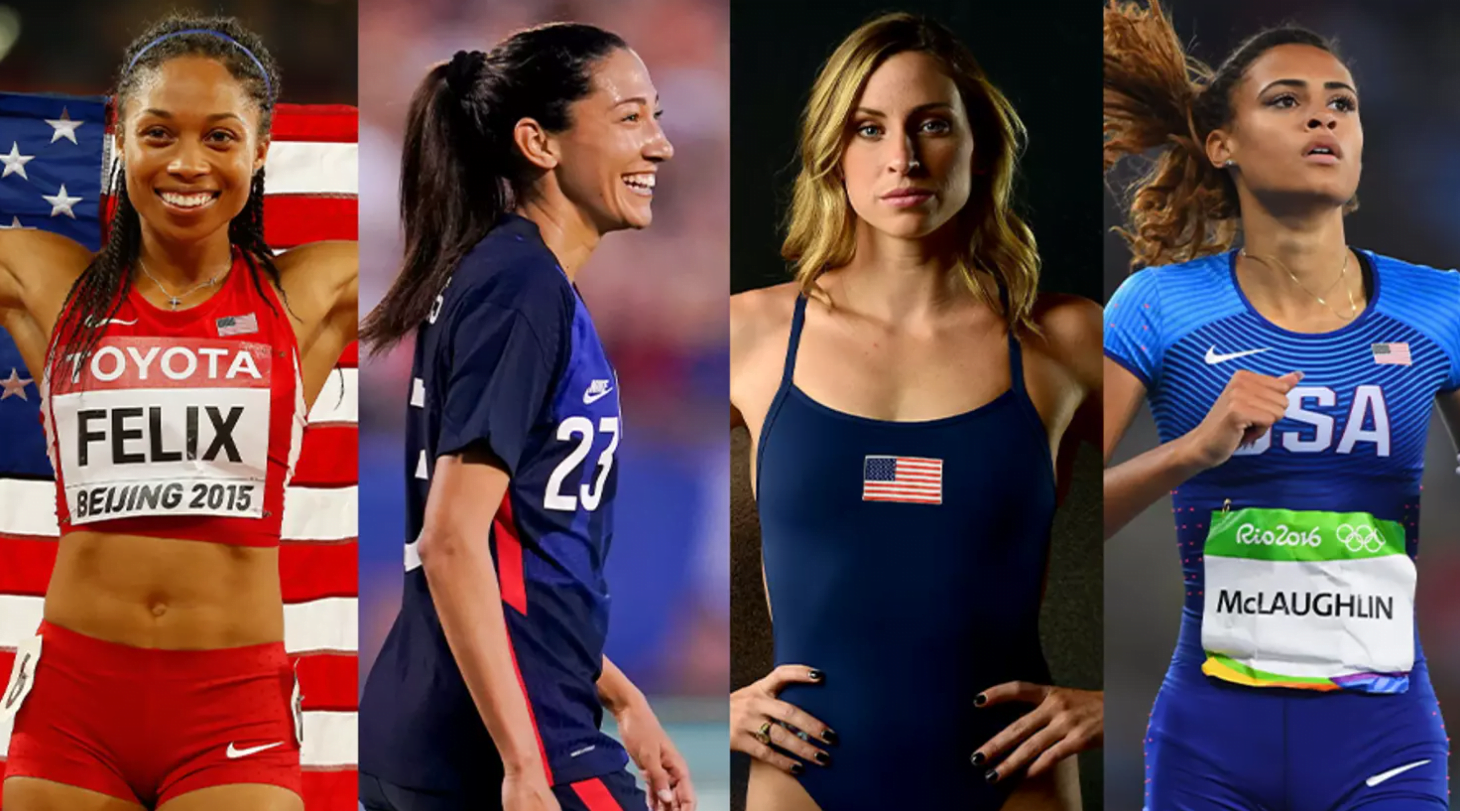Sports, an arena with many social values and norms embedded in it, has been like a microcosm for many years, which means sports is like a window to the underlying values, beliefs and assumptions of a cultural community or a group. Sports help us to see what we as a society are committed to, and our motivations.
In examining the dynamics of sports, it becomes apparent that the male gaze is a concept that extends its influence largely. It is evident why many researchers are coming out of dissatisfaction. Over the years, the gaze has been manifested in several ways, be it visual, be it verbal. As sports keep the people with socialisation skills with a shared set of values, it will only make the state worse for genders if the gauging isn’t rightly put through.
The time has been different for women today. There has been an increase in the participation of female athletes. However, this difference could only be possible because history has gone a long way in struggles. Historically, women have struggled with recognition as athletes, the struggle to have an identity of their own, within their agency and even if things have gone through improvisations in terms of participation, there still is a loophole to women’s full dignified way of representation as athletes because they are not just objectified but the male gaze continue to influence their involvement.
Historical context of the male gaze in women’s sports
For this continued objectification of women athletes, the research paper by Jennifer titled, “The Male Gaze and Women’s Sports Identity: Male Authorship of the Female Experience,” questions, “Who gets to control the definition of concepts like ‘feminine,’ and ‘athlete?’ She moreover, burrows Laura Mauley’s book called, “Visual Pleasure and Narrative Cinema,” who first coined the term, “the male gaze,” which is supported by Freud’s concept of the controlling gaze as “the erotic basis for pleasure in looking at another person as object.”

It was only during the 1840s in the United States that physical education was included in the curriculum. In the 19th century, most of the women became teachers for the subject of physical education. And as ironic as it is, women were still unable to participate in competitive sports, yet charged with teaching in programs, this became constitutionally wrong.
“A Century of Women’s Basketball: From Frailty to the Final Four (1991),” by Hault notes that women still in the 20th century had to contend with social attitudes around appropriate behaviour. These attitudes often combined the male judgements and their views to appropriate dressing sense about them.
The main part of the question remained with the participation for a long time that debated over appropriate sportswear. Appropriate meant, it had to go along with women’s decorum and modesty that allowed for ease of movement. The sportswear then became a tool for women to allow them for the sports. As their interest grew more, the time was for them to navigate the timings to wear them. Long skirts were a bloomer and then, short ones more bloomers. And then, hats were discarded.
By the time, dress became a second debate, women started to feel a little comfort in the domain. And then was the time for women to regain their identity and start to feel what it means to be women without any external dressing mask. It was then, the trying and understanding phase when many women started to come out as what they feel like, with whatever they felt wearing but the problems still were around and this problem was with the staring that didn’t go away.
The Male Gaze has been always associated with the angle, the perspective, in representations and how males perceive. The gaze however gauged through depends on the lens as it has the power to shape the sports experiences for women. Because what women want is to feel comfortable at whatever they are wearing or however they are appearing. They do not want to be fearful of the idea of being gazed over or with the pressure of being judged by male eyes. This is also one of the many reasons why women back out, and drop out from the game. The problem doesn’t just end there.
How media and films portray sportswomen
How many of us have gone over headlines that focus more on what female sportswoman is wearing rather than on how she’s played? There is more to this. When we google search “female athletes,” it will show you the list of “50 Hottest female athletes ever.” This is the kind of sports journalism that runs with the logic of commercialising. It needs proper schooling of representation.

Commentaries are too frequent with discussions about their personal lives, relationships, or physical attributes, which divert attention from their athletic abilities. This trend not only trivialises the hard work and dedication of female athletes but also reinforces the notion that a woman’s worth in sports is linked to her attractiveness rather than her skill. These kinds of depictions of women deepen the idea of how women are placed in sports and also their placements as viewers.
In “Sports Heroines in Film: A Critical Study of Cinematic Women Athletes, Coaches and Owners,” Viridiana Lieberman notes that cinematic experiences for females are quite different from how males are depicted. Certain scenes are repeated again and again within the plot itself, especially with female athletes.
Love is shown as the end goal of the film story while showing female athletes sacrifice more than anything. And then, it demands that she look pretty enough. Lieberman feels cinema is a powerful tool to influence people at large when things like these recur they instead of inspiring, would end with transient values.
There are many examples where many women have pushed back when they feel they need to. Norwegian player Ada Hegerberg, after getting FIFA’s Player award, said that she was told by French DJ and producer Martin Solveig to twerk on stage to which later, she walked out of the stage. Not just that in 2018, Serena Williams was banned by the French Open for her use of a taut, black catsuit outfit. She received so much backlash. Williams wasn’t trying for any sort of attention. And her fabric helped her from any injuries from the clot of blood she’d experienced since her daughter was born.
A poll done in 2017, UK, BT Sport found that 67 per cent of the women felt that they were judged for how they appeared. Among them, 5-6 per cent felt that they were disempowered by the idea that sports women’s bodies were too masculine. This was another kind of issue where narrative as such played around women’s mental need to choose between a body that functions like a body or a body that has to look masculine. Also, reinforcing that certain games are defined for women and others for men creates a sense of dichotomy between both genders while leaving with a very unsafe place.
The way forward
What most of the women are concerned about is the sense of freedom and inclusion. All they want is more and more girls and women to join the sports field. Because cultural differences can make their way hard. Things like the male gaze can exacerbate more of their low self-esteem as it can sway their morals, and confidence and undermine them.

Objectifications and a certain way of dressing style can lessen the motivation for female athletes to lose interest in sports. Issues like these can roll down their female identity, how then sand dust, like a leaf can sweep away the female potential in the air, untouched and unseen.
This can be a total loss for the world for in the year 2000, when FIFA president Sepp Blatter was asked about the increasing popularity of Women’s soccer, the remarks was, “They could, for example, have tighter shorts. Female players are pretty, if you excuse me for saying so, and they already have some different rules to men – such as playing with a lighter ball. That decision was taken to create a more female aesthetic, so why not do it in fashion?”
Just because of the male gaze, females would be losing motivation in their abilities for sports. Dress should not be the primary aspect but rather like an anchor, it should add to one’s personality.
Serena Williams once said, “It has been said I don’t belong in women’s sports — that I belong in men’s — because I look stronger than many other women do. No, I just work hard and I was born with this badass body and proud of it.”
Kendra Cherry moreover writes, “Mindsets can influence how people behave in a wide range of situations in life.” It conveys that any ill or good behaviour before an act starts within the mind first. It is not therefore a claim but rather a little push to people to change the way they see things.
The way forward would be in how many transformations we are willing to bring and this could be done where a conducive environment without the dominance of male gaze and media scrutiny and objectification of women wouldn’t be that much of a focus but rather a gauze that sees every woman through their strength and potentials.
About the author(s)
Susmita Aryal is a final year student of English Literature and Journalism at St. Xavier's College, Maitighar, Kathmandu. Besides storytelling around identity, gender and society, she is interested in 'art' i.e. any kind of artworks that fall under the genre of art.






